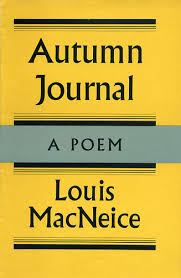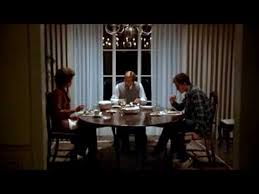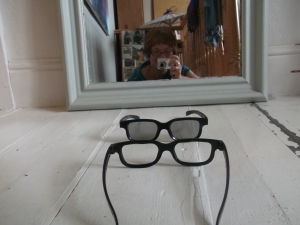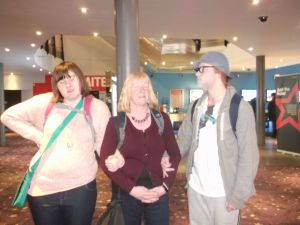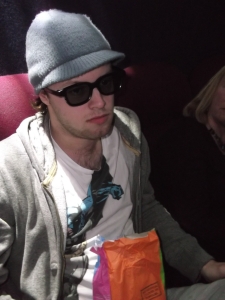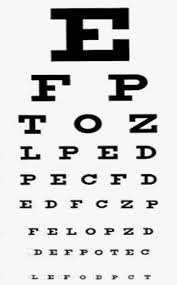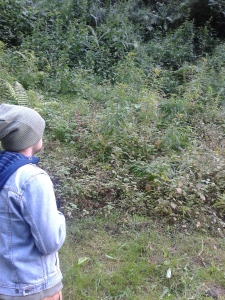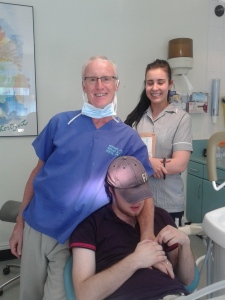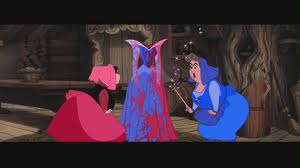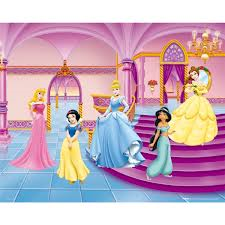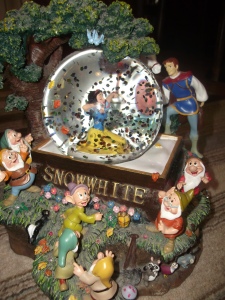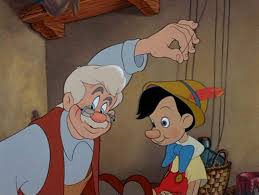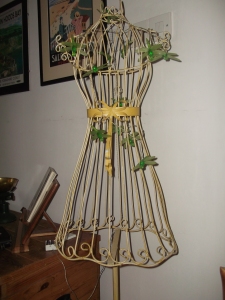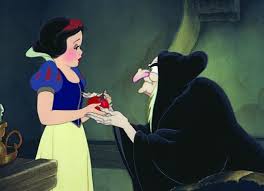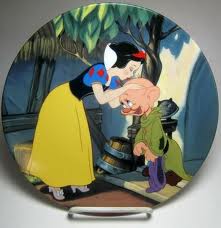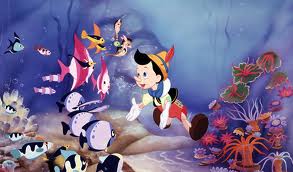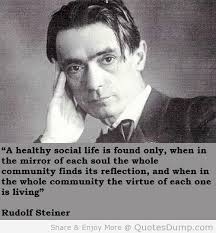 While I was watching England hold their nerve against Columbia last week, Dylan was in Whitby with his key worker and another member of staff. Dylan is impatient for the sea and the overnight trip had been planned to help Dylan manage the wait-time for his summer holiday.
While I was watching England hold their nerve against Columbia last week, Dylan was in Whitby with his key worker and another member of staff. Dylan is impatient for the sea and the overnight trip had been planned to help Dylan manage the wait-time for his summer holiday.
I know that not everyone is interested in football. However, the progress of the current England team is so unexpected that even those without any interest in the game (my Dad, for example) are aware of what is happening. It feels a bit like fantasy football. I’m sorry that the trip has coincided with the England match, I said to Dylan’s key worker. I had an idea he might otherwise have been watching the match in the pub with his mates. That’s OK, he replied. I would have been working anyway.
Team Changes
 Dylan’s key worker also told me he would be moving on soon. I wasn’t surprised by the news. I understand that young people, wanting to start a family of their own or buy a first home, have financial considerations which affect decisions about work. As I’ve noted before, support workers are not well paid for the job they do. Caring for others is one of the most demanding and valuable of roles and yet it is also one of the mostly poorly rewarded. As a consequence, staff turnover is high.
Dylan’s key worker also told me he would be moving on soon. I wasn’t surprised by the news. I understand that young people, wanting to start a family of their own or buy a first home, have financial considerations which affect decisions about work. As I’ve noted before, support workers are not well paid for the job they do. Caring for others is one of the most demanding and valuable of roles and yet it is also one of the mostly poorly rewarded. As a consequence, staff turnover is high.
Dylan has been lucky to have been matched with experienced staff but, even so, he has already had three different key workers. When Dylan’s first key worker left I was devastated. It hadn’t occurred to me, at that point, that this would be a feature of life in residential care. When Dylan’s second key worker left, after a fairly brief succession, I realised the role would always be temporary. The key worker may be the warden of the key but I shouldn’t assume they would be around long enough to unlock the door (as it were).
A potentially positive outcome of this situation, however, is that it has helped me identify one of the arguments I will make on my application to be appointed Dylan’s Welfare Deputy: given the high staff turnover in the care sector, the continuity of support which a family member provides is invaluable, particularly in the context of someone who, as well as lacking mental capacity, is autistic and non verbal.
Harry’s World
 An American friend emailed recently to say she would be visiting with her teenage children next month. Maybe we could visit Harry Potter World? she wrote. I was excited by the idea but when I looked online I realised it was impossible; Harry Potter World is already booked up for the summer.
An American friend emailed recently to say she would be visiting with her teenage children next month. Maybe we could visit Harry Potter World? she wrote. I was excited by the idea but when I looked online I realised it was impossible; Harry Potter World is already booked up for the summer.
When Dylan’s first key worker moved to a new job she organised a trip to Harry Potter World for Dylan and another young adult. As well as a fabulous day out for the staff and residents, this was a good way of marking E’s departure. So when Dylan’s current key worker told me he had a new job, I commented that the trip to Whitby was perfectly timed in terms of helping Dylan make a connection with saying goodbye.
The trip to Harry Potter World was Dylan’s first immersive experience (I’m sure he would love Disneyland but I’ve never had the oomph to take him). Dylan, apparently, had a marvellous time, ‘laughing all day’. They had arrived slightly early for their tour, having driven down from Yorkshire, and the Harry Potter staff, realising the wait might be difficult for Dylan, had let them join an earlier tour and proactively made adjustments for Dylan, such as front row seating. I couldn’t fault their practice, his key worker told me, it was an absolutely brilliant day.
Virtual Reality
 Afterwards I wondered what Dylan had made of the experience. Did he think he was at Hogwarts? Does he believe Harry Potter is real? I remembered a conversation with a clinical psychologist at a time when Dylan’s ‘behaviours’ were a cause for concern. As we worked through his ‘incident charts’ the psychologist noted the link between Dylan’s anxiety and the films he watched. It may be the case, the psychologist suggested, that Dylan cannot differentiate fantasy from reality. Perhaps, when he is watching a distressing scene in one of his DVDs, he finds it difficult to regulate his emotional response. Dylan’s extreme reactions to some of his films are understandable if you imagine them as responses to situations he believes are real. After all, these are extreme situations: separation; loss; death; war.
Afterwards I wondered what Dylan had made of the experience. Did he think he was at Hogwarts? Does he believe Harry Potter is real? I remembered a conversation with a clinical psychologist at a time when Dylan’s ‘behaviours’ were a cause for concern. As we worked through his ‘incident charts’ the psychologist noted the link between Dylan’s anxiety and the films he watched. It may be the case, the psychologist suggested, that Dylan cannot differentiate fantasy from reality. Perhaps, when he is watching a distressing scene in one of his DVDs, he finds it difficult to regulate his emotional response. Dylan’s extreme reactions to some of his films are understandable if you imagine them as responses to situations he believes are real. After all, these are extreme situations: separation; loss; death; war.
Apparently there are ‘immersive cinemas’ which offer a total sensory experience. As well as a film being a visual and aural event, the senses of smell, touch and taste are engaged. Thus during an ocean scene the audience might be sprayed with water; in a domestic setting, smells of home cooking could be released into the auditorium. I’m not sure whether this would be a good or a bad thing for Dylan, given his heightened sensory function.
 I have similar reservations about the possibilities offered by Virtual Reality Headsets. As they have become available on the mass market I’ve toyed with the idea of buying one for Dylan. Some aspects might appeal – Dylan spends so much time watching films that the idea of him being able to enter an immersive and participatory environment is quite exciting. I’ve seen some people, however, become disoriented when using the Headsets and describe the experience as unsettling. Equally, therefore, I can imagine Dylan being made anxious by such full engagement of the senses.
I have similar reservations about the possibilities offered by Virtual Reality Headsets. As they have become available on the mass market I’ve toyed with the idea of buying one for Dylan. Some aspects might appeal – Dylan spends so much time watching films that the idea of him being able to enter an immersive and participatory environment is quite exciting. I’ve seen some people, however, become disoriented when using the Headsets and describe the experience as unsettling. Equally, therefore, I can imagine Dylan being made anxious by such full engagement of the senses.
Fantasy Football
 Right now, I feel as if I’m wearing a Virtual Reality Headset. England? In the World Cup semi-final? For the first time I changed my plan for spending time with Dylan last weekend. After the 120 minutes plus penalties marathon against Columbia earlier in the week, I wasn’t sure Dylan and I could spend Saturday afternoon together without one or both of us becoming frustrated. Dylan can cope with a little bit of football on TV but he has his limits. And I really wanted to watch the England v. Sweden match. Could I pick Dylan up on Sunday instead of Saturday? I asked staff.
Right now, I feel as if I’m wearing a Virtual Reality Headset. England? In the World Cup semi-final? For the first time I changed my plan for spending time with Dylan last weekend. After the 120 minutes plus penalties marathon against Columbia earlier in the week, I wasn’t sure Dylan and I could spend Saturday afternoon together without one or both of us becoming frustrated. Dylan can cope with a little bit of football on TV but he has his limits. And I really wanted to watch the England v. Sweden match. Could I pick Dylan up on Sunday instead of Saturday? I asked staff.
It really does feel like a Fantasy Football Tournament. The scenes from the Samara Stadium last Saturday seemed beamed from a parallel universe.Are those fans trapped in Virtual Reality, I wondered? Has my TV turned into a giant VR Headset? When England won I toyed with the idea of getting on a plane to Moscow to find out.
If England do get to the World Cup final this year, I told myself, someone will set up an It’s Coming Home theme park where we can re-live the matches, as players or fans, in a fully immersive world. The theme park will probably be somewhere just off the MI – hopefully in the north, rather than the south, in honour of the contribution made by South Yorkshire to the winning England team. So while Dylan hangs out with Harry Potter, I can celebrate with Harry Maguire…

Note:
The photographs of Dylan at Whitby and Harry Potter World were taken by staff on the trips. The other images are sourced from the Internet and to the best of my knowledge are copyright free.
The photograph from the 2018 World Cup shows England players celebrating a goal in their match against Sweden at the Samara stadium on Saturday 7th July. The goal was scored by Harry Maguire (second from right in the photo) who is from Sheffield, my hometown. In the photo he is being congratulated by John Stones who is also from South Yorkshire (Barnsley). The photograph shows Kieran Trippier on the left and another Harry (Kane) on the far right.
The final photograph shows the 1966 England World Cup squad. I was alive but too young to remember 🙂
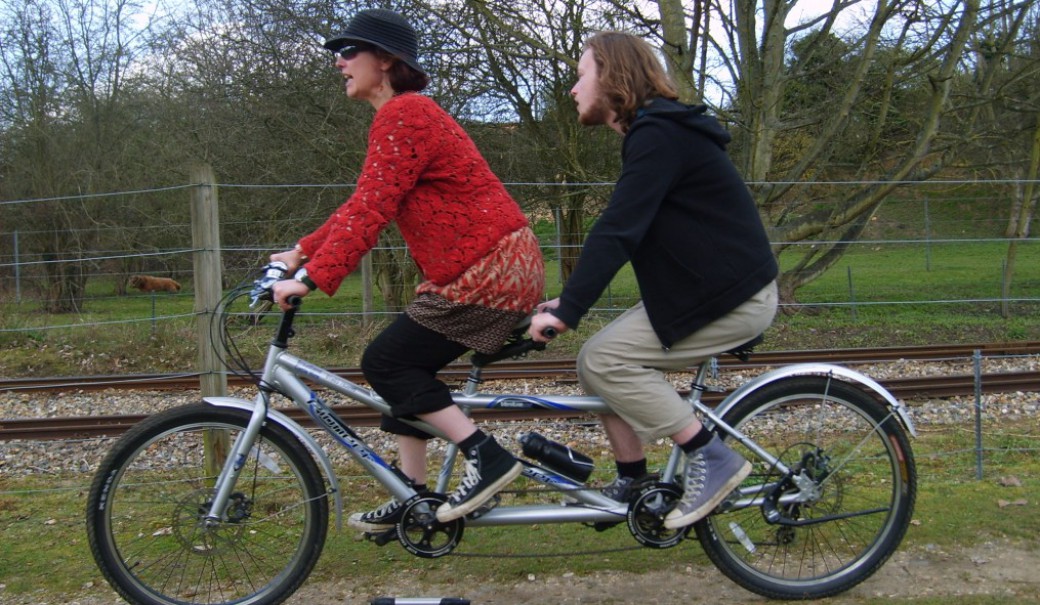





 One of the things I have missed most while Dylan has been without respite is the cinema. I’ve always loved the movies, especially in the late afternoon, so there was little I liked better on a night off than to catch an early evening film at the cinema across the road from my office. It’s more than four months, now, since I was able to do that. I can hardly believe I’ve managed for so long.
One of the things I have missed most while Dylan has been without respite is the cinema. I’ve always loved the movies, especially in the late afternoon, so there was little I liked better on a night off than to catch an early evening film at the cinema across the road from my office. It’s more than four months, now, since I was able to do that. I can hardly believe I’ve managed for so long.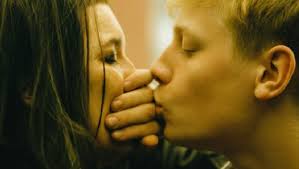 I requested a day’s leave then checked the blurb. Xavier Dolan wasn’t a director I knew and the film was not one I recognised. My heart fell as I read; I wasn’t sure a narrative about a single mother’s struggle to support her violent adult son was what I needed. I was living this reality; I had coped with two incidents that week already. My plan had been to have a couple of hours not thinking about being such a mommy. I let myself feel sorry for myself for a while. Then it occurred to me that today’s screening might be a gift: perhaps there was something art could teach this just-coping mommy about life?
I requested a day’s leave then checked the blurb. Xavier Dolan wasn’t a director I knew and the film was not one I recognised. My heart fell as I read; I wasn’t sure a narrative about a single mother’s struggle to support her violent adult son was what I needed. I was living this reality; I had coped with two incidents that week already. My plan had been to have a couple of hours not thinking about being such a mommy. I let myself feel sorry for myself for a while. Then it occurred to me that today’s screening might be a gift: perhaps there was something art could teach this just-coping mommy about life? Once I was seated in the pulse of light I started to relax. This was exactly what I needed, I told myself. There was a hum of anticipation in the auditorium as a man took the stage; tickets for the 55 club, it turned out, included a talk. Xavier Dolan, I discovered, is a young Quebecois film maker who had turned 26 only the previous week. Mommy was his 5th film; his first, made when he was 19 years old, had received an eight minute standing ovation at the Cannes film festival. Dolan is so very talented, the man giving the introduction mused, and still so young, it will be exciting to see where he goes next.
Once I was seated in the pulse of light I started to relax. This was exactly what I needed, I told myself. There was a hum of anticipation in the auditorium as a man took the stage; tickets for the 55 club, it turned out, included a talk. Xavier Dolan, I discovered, is a young Quebecois film maker who had turned 26 only the previous week. Mommy was his 5th film; his first, made when he was 19 years old, had received an eight minute standing ovation at the Cannes film festival. Dolan is so very talented, the man giving the introduction mused, and still so young, it will be exciting to see where he goes next. The son in Mommy is not autistic. ADHD is mentioned but not as the root of violence; we are offered social as well as psychological explanations (poverty, an absent father, inadequate social care). Nonetheless I recognised the relationship between mother and son and found links with my own experience.
The son in Mommy is not autistic. ADHD is mentioned but not as the root of violence; we are offered social as well as psychological explanations (poverty, an absent father, inadequate social care). Nonetheless I recognised the relationship between mother and son and found links with my own experience.









